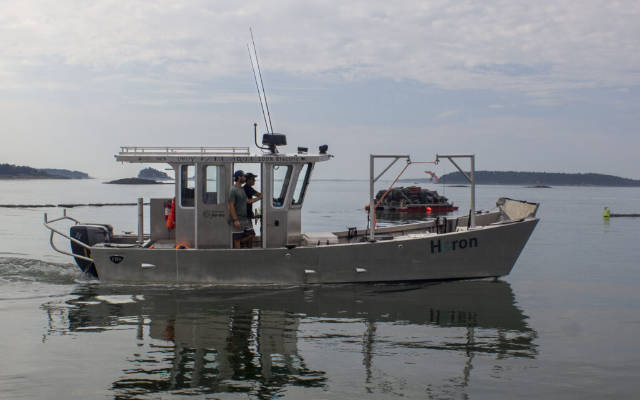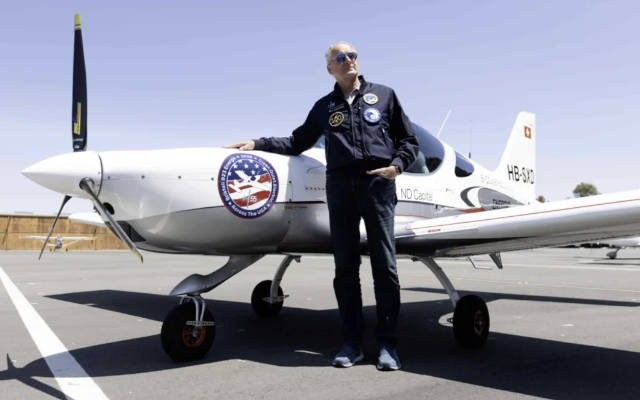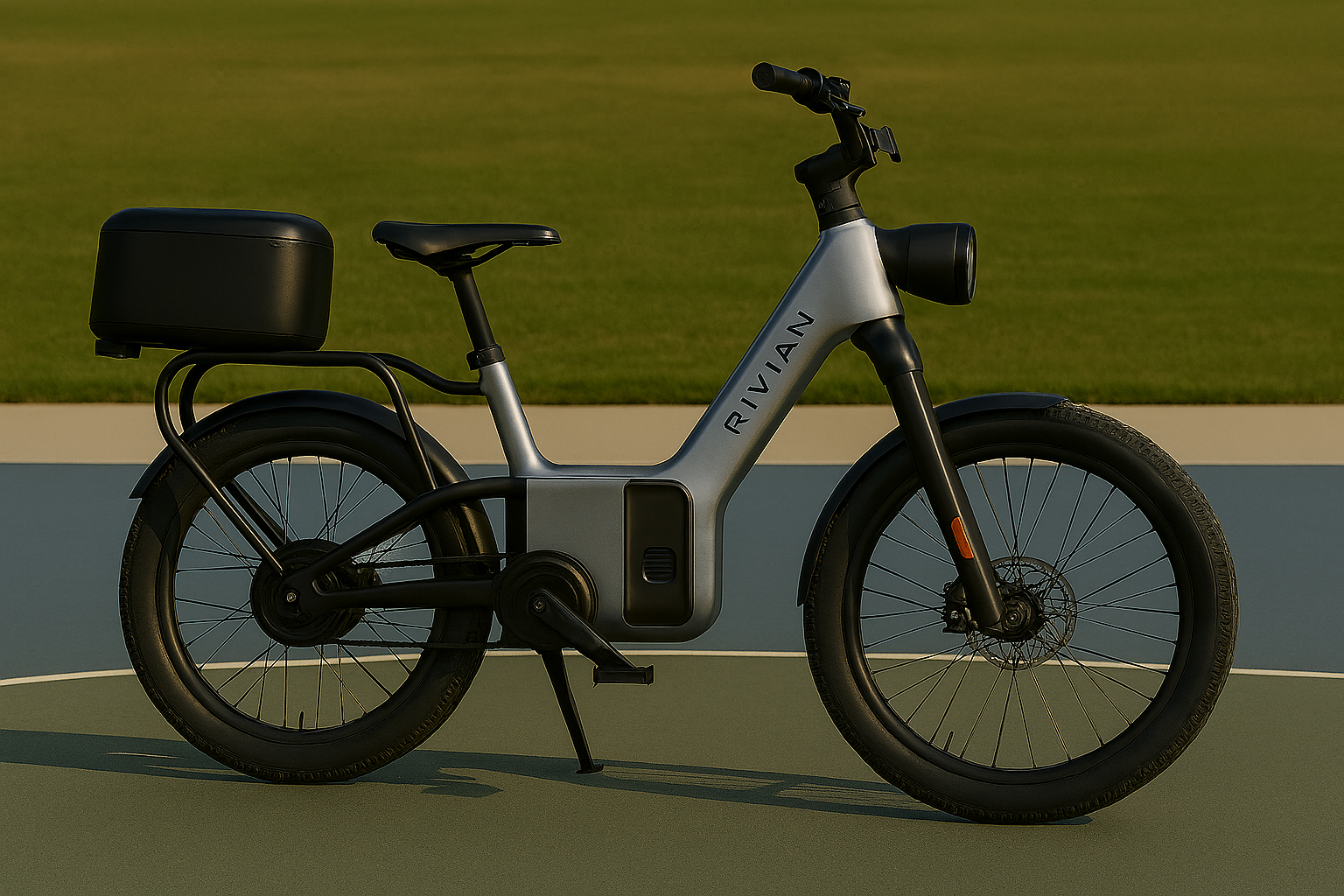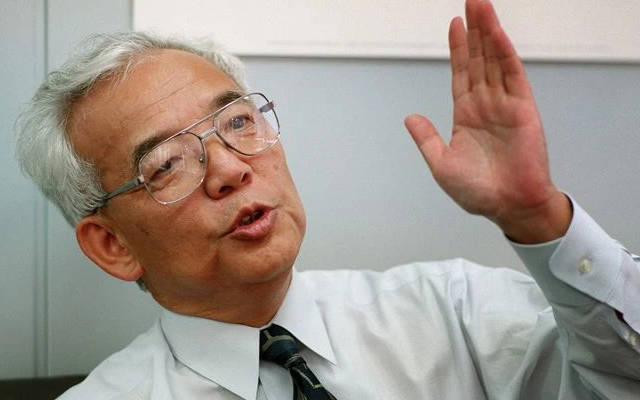 EDITOR'S PICK
EDITOR'S PICK
Electric Aquaculture Boats Splash Into Waters Off the Coast of Rural Maine
19 Sep 2025 | Synopsis
 Electric fishing boat Heron launched in rural Maine, powered by twin electric outboards and backed by $1M in grants. Operated by Maine Ocean Farms, it cuts emissions, noise, and fuel costs. The shift supports climate goals amid warming Gulf waters. Challenges include battery weight and limited charging, but local groups are expanding infrastructure. Heron signals a sustainable future for aquaculture and rural marine industries.
Electric fishing boat Heron launched in rural Maine, powered by twin electric outboards and backed by $1M in grants. Operated by Maine Ocean Farms, it cuts emissions, noise, and fuel costs. The shift supports climate goals amid warming Gulf waters. Challenges include battery weight and limited charging, but local groups are expanding infrastructure. Heron signals a sustainable future for aquaculture and rural marine industries.Wired Wings: Flying the Bristell B23 Energic Electric Aircraft
19 Sep 2025 | Synopsis
 The Bristell B23 Energic, an all-electric trainer aircraft from BRM Aero and H55, offers smooth handling, low operating costs ($8–$9/hr), and a 60-minute flight time under EASA rules. FAA limits U.S. flights to 40 minutes due to stricter reserves, but upgrades are planned. Despite reduced payload from battery weight, performance rivals piston aircraft. Its success signals growing momentum in electric aviation.
The Bristell B23 Energic, an all-electric trainer aircraft from BRM Aero and H55, offers smooth handling, low operating costs ($8–$9/hr), and a 60-minute flight time under EASA rules. FAA limits U.S. flights to 40 minutes due to stricter reserves, but upgrades are planned. Despite reduced payload from battery weight, performance rivals piston aircraft. Its success signals growing momentum in electric aviation.Rivian's Secret E-Bike Surfaces: A Bold New Chapter in Micromobility
18 Sep 2025 | Synopsis
 Leaked images reveal Rivian's upcoming e-bike, developed by its spinoff ALSO Inc. The sleek, silver prototype features full suspension, cargo rack, and inverted fork - blending utility with Rivian's signature design. Backed by a $1B valuation, ALSO aims to disrupt micromobility with a bold October launch. The bike signals Rivian's move beyond trucks, building a broader electric mobility ecosystem for urban riders and lifestyle commuters.
Leaked images reveal Rivian's upcoming e-bike, developed by its spinoff ALSO Inc. The sleek, silver prototype features full suspension, cargo rack, and inverted fork - blending utility with Rivian's signature design. Backed by a $1B valuation, ALSO aims to disrupt micromobility with a bold October launch. The bike signals Rivian's move beyond trucks, building a broader electric mobility ecosystem for urban riders and lifestyle commuters.Why Tesla's Chinese Rival BYD Faces a Raft of Troubles
18 Sep 2025 | Synopsis
 BYD, once China's fastest-growing EV maker and 2024's top seller globally, is now facing serious headwinds. Since May, its domestic sales have begun to shrink while international deliveries aren't enough to compensate. A fierce price war - central to its rapid rise - is under regulatory scrutiny in Beijing. Margins are being squeezed by aggressive discounting, and the company must now navigate cooling demand, tighter oversight, and investor pressure amid declining profits.
BYD, once China's fastest-growing EV maker and 2024's top seller globally, is now facing serious headwinds. Since May, its domestic sales have begun to shrink while international deliveries aren't enough to compensate. A fierce price war - central to its rapid rise - is under regulatory scrutiny in Beijing. Margins are being squeezed by aggressive discounting, and the company must now navigate cooling demand, tighter oversight, and investor pressure amid declining profits.5 Forecasts Early Climate Models Got RIght
18 Sep 2025 | Synopsis
 Early climate models from the 1960s accurately predicted key warming patterns - Arctic amplification, faster land heating, and nighttime temperature rise. Developed by pioneers like Syukuro Manabe, these models proved surprisingly robust. Their success boosts confidence in today's forecasts, which warn of accelerating disruption. What's worrying isn't just the warming - it's how fast it's unfolding, with risks to ecosystems, infrastructure, and global stability.
Early climate models from the 1960s accurately predicted key warming patterns - Arctic amplification, faster land heating, and nighttime temperature rise. Developed by pioneers like Syukuro Manabe, these models proved surprisingly robust. Their success boosts confidence in today's forecasts, which warn of accelerating disruption. What's worrying isn't just the warming - it's how fast it's unfolding, with risks to ecosystems, infrastructure, and global stability.
 Si Exclusive
Si Exclusive
Hydrogen's Flight Path: Fuel Cells, Turbines, and the Economics of Clean Aviation
10 Oct 2025 |  Aviation is shifting from Jet A to four fuel systems: electricity, hydrogen (fuel cell and combustion), SAF, and petroleum. Fuel cells suit short-haul aircraft; hydrogen combustion may power long-range jets. SAF bridges legacy fleets. Hydrogen costs - $5-$7/kg today, possibly $2/kg by 2040 - impact ticket prices and infrastructure decisions. Airport authorities, airlines, and governments will share deployment costs. Each fuel has distinct environmental pros and cons shaping aviation's net-zero future.
Aviation is shifting from Jet A to four fuel systems: electricity, hydrogen (fuel cell and combustion), SAF, and petroleum. Fuel cells suit short-haul aircraft; hydrogen combustion may power long-range jets. SAF bridges legacy fleets. Hydrogen costs - $5-$7/kg today, possibly $2/kg by 2040 - impact ticket prices and infrastructure decisions. Airport authorities, airlines, and governments will share deployment costs. Each fuel has distinct environmental pros and cons shaping aviation's net-zero future.
 11 Oct 2025 07:59:14 UTC |
RECENT PODCASTS
BYD Soars - Cheaper Tesla Models - The Bolt is Back - Rivian
SEARCH RSSTREAM
 48 New Postings In Past 24 Hours
48 New Postings In Past 24 Hours
Category:mobility
Region:Europe
Date:10 Oct 2025
Category:energy
Region:Global
Date:10 Oct 2025
Category:mobility
Region:SoAmerica
Date:10 Oct 2025
Category:energy
Region:NoAmerica
Date:10 Oct 2025
Category:mobility
Region:NoAmerica
Date:10 Oct 2025
Category:finance
Region:AsiaPacific
Date:10 Oct 2025
Category:policy
Region:NoAmerica
Date:10 Oct 2025
Category:finance
Region:NoAmerica
Date:10 Oct 2025
Category:mobility
Region:AsiaPacific
Date:10 Oct 2025
Category:policy
Region:NoAmerica
Date:10 Oct 2025